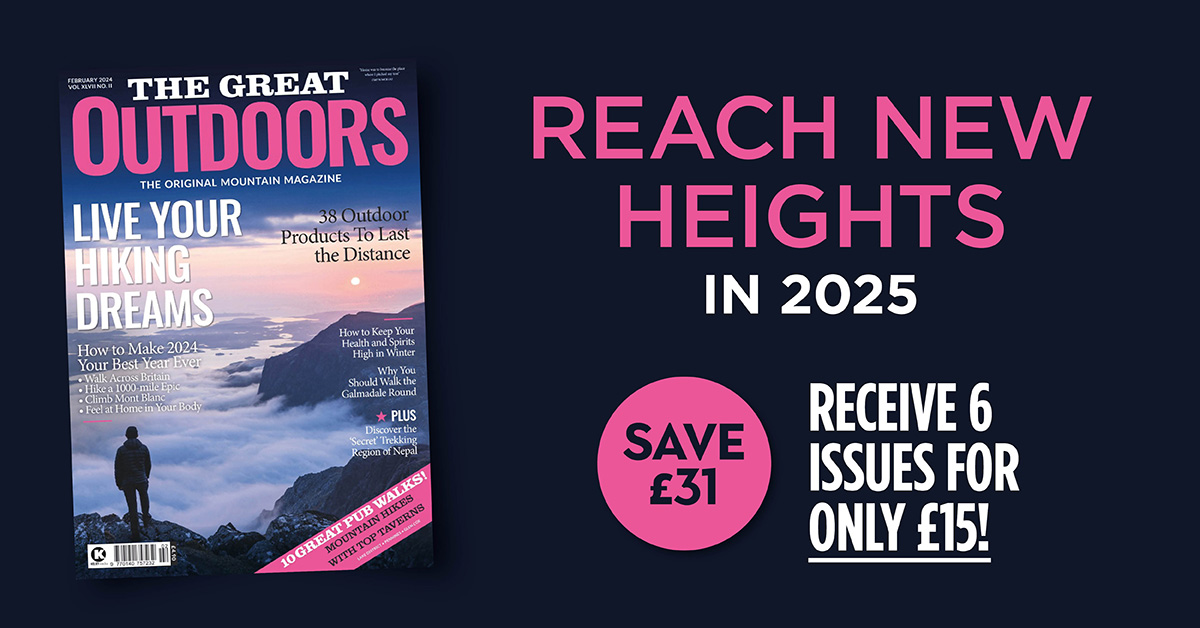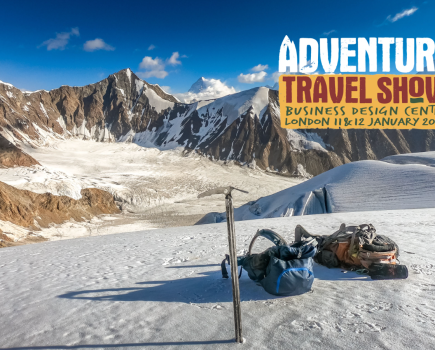Despite the doom and gloom online, Britain’s wild places haven’t been trashed, says Alex Roddie – and signs of positive change are everywhere.
Header image: a responsible leave-no-trace wild camp on Kinder Scout. Photo: Alex Roddie
Pay too much attention to social media and you might be forgiven for thinking that it’s all over for our uplands and wild places. With the rise of “dirty” camping and fly tipping, inconsiderate and poorly equipped walkers, overcrowded honeypot areas, devastating moorland fires, and threats to wildlife and habitats, what hope is there left for the hills?
Our social feeds have been filled by images of trashed, abandoned campsites, rants about how popular places like the Lake District and the west coast of Scotland have been overwhelmed by the wrong sort of visitor. It looks bleak, but what resemblance does this bear to what we actually experience out there? Are things really this bad, or have a relatively small number of incidents in a handful of locations tainted the bigger picture?
Success stories
Recently, when planning a trip to the Peak District, what I’d seen online influenced my choice of route. It had been months since my last solo multi-day mountain trip, and I wondered how much things had changed. I worried about overcrowding and rubbish, about locked gates and hostility – worried that sensitive, low-profile wild camping (as I’ve been doing for years in the Peak) would no longer be viable. I’d read about landowners clamping down on responsible wild campers. Less tangibly, I worried that all of these problems may have degraded wildlife habitats, dulling that subtle sense of wildness we look for on the hill. Had there been an influx of poorly equipped newcomers with a bad attitude? How would this change the experience?
When I actually began my walk, starting from Matlock and heading up through the White Peak to busier areas around Castleton and Edale, I started to realise that things were better than I’d feared. The White Peak was quiet, Lathkill Dale was alive with wildlife, and although Castleton and Mam Tor were busy I saw no more litter than usual, and zero evidence of dirty camping or other problems. In fact, I was surprised that most of the walkers I met seemed to be about my own age (mid-thirties) or younger, and I exchanged countless friendly greetings with others out there enjoying the sunshine. Many were dressed in new-looking outdoor clothing and clutching uncreased OS maps, perhaps part of a new wave of outdoor enthusiasts connecting with the hills after lockdown.
Kids in a school group on Mam Tor quizzed me about long-distance backpacking as we walked the newly restored Great Ridge path (a project funded by the BMC’s Mend Our Mountains campaign). When I pitched my tent on a quiet corner of Kinder at dusk, a walker ambled past, and I felt a stab of anxiety, certain that I’d be told to clear off – but instead we chatted about the restored blanket bog habitat created by the Moors for the Future partnership.

A hen harrier in the Peak District. Photo: John Wright
The next day, I admired the new “No Moor BBQs” signage on gates and access points, providing clear guidance on how to avoid causing wildfire. I even saw a hen harrier soaring over Stanage – another conservation success story, as these magnificent raptors are once again breeding in the area despite continuing persecution from some estates. Despite the challenges ahead, there is so much in this landscape to be thankful for – so much progress, so much hope for the future.
New hillwalkers
But it can’t be denied that there have been serious problems to overcome, particularly since the pandemic began. Wildfires, often caused by disposable BBQs or other irresponsible behaviour, have ravaged parts of the Peak District. I asked Peter Judd, a local hillwalker and active BMC volunteer, about the challenges the area had faced. “Moorland fires have been devastating,” he told me, “and there are other problems, but they’re mostly on the fringes – and, while glaringly obvious when encountered, are relatively minor considering the large numbers of people who have ventured into the national parks, some for the first time. It’s great that so many have discovered the beauty of these places.”
What about the impact of the pandemic? “The BMC ran monthly Covid working group meetings last year. There were big problems early on, but these eased with time. But parking has been an issue in the Peak – I think we’ve seen an increase of cars, with levels of inconsiderate parking not previously seen.”
To get an impression of what things have been like north of the border, I contacted Davie Black, Access & Conservation Officer for Mountaineering Scotland. He said: “Overall we think that last year there wasn’t actually an overall surge in folk taking to the hills, with the pressure due to the condensing of the timeframe for the visitors to the latter half of the year, often doubling expected numbers for a month. But it seems there was a significant number of people new to hillwalking and camping who weren’t sure of what to do, and once rangers explained the Scottish Outdoor Access Code most folk were appreciative and modified their behaviour.”

A heavily damaged section of the Great Ridge has recently been repaired. Photo: Alex Roddie
Engagement
How can we help guide this new generation of hillwalkers? “The way to manage lack of understanding is to provide countryside rangers,” Davie said. “They have been reducing in number over the past years as public funding has been squeezed, but it was clear last year that they are necessary to assist people who may not know the right thing to do.”
Last year, Mountaineering Scotland launched a Considerate Camping campaign to try and raise awareness of the key issues of litter, loos, water and fires. This ran alongside their existing TakItHame anti-litter campaign. New to this year is their free online course, Sofa 2 Summit, aimed at helping people new to hillwalking, explaining the basics for enjoying the hills and exploring further.
So, despite ongoing challenges and the often alarming impact of isolated incidents, we shouldn’t let the posts that pop up in our feeds skew our sense of perspective – and I think the big picture is looking good. Let’s not be afraid of more people heading to the hills. Instead, we should help them to enjoy our wild places responsibly.









